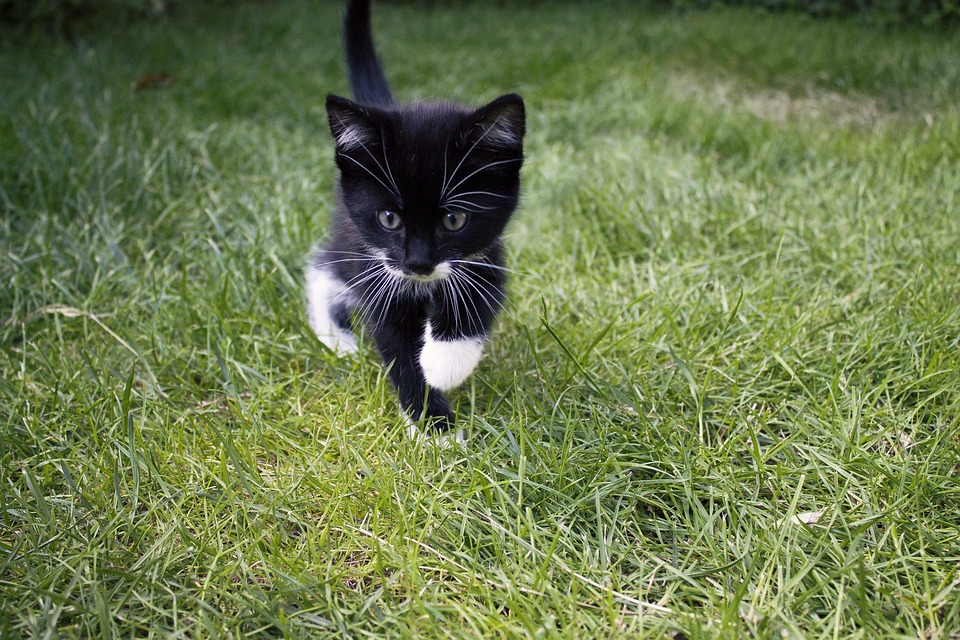As a responsible cat owner, it’s important to be prepared for emergencies and have a well-stocked cat first aid kit on hand. Accidents can happen at any time, and having the necessary supplies readily available can make a crucial difference in your pet’s health and wellbeing. In this article, we will guide you through the essential supplies to include in your cat’s first aid kit, ensuring you can provide immediate care when needed.
Having a cat first aid kit readily available can mean the difference between life and death for your feline friend. It allows you to respond promptly to emergencies, stabilize your cat’s condition, and provide initial care before seeking veterinary assistance. A cat first aid kit is a crucial tool in maintaining your cat’s health and safety.
In emergencies, time is of the essence. Having a well-equipped first aid kit at hand enables you to provide immediate care, potentially preventing further injury or complications. It buys you time to reach out to your veterinarian or emergency clinic, allowing your cat to receive professional help sooner.
Knowing that you have the necessary supplies to handle minor injuries or stabilize your cat’s condition during an emergency can provide immense peace of mind. Having a cat first aid kit readily available ensures you are prepared for unexpected situations, giving you the confidence to handle emergencies effectively.
When assembling a cat first aid kit, it’s crucial to include a range of supplies that can address various health concerns. Here are the must-have items you should include:
1. Bandages and Dressings: Include a variety of bandages, such as adhesive bandages, gauze rolls, and self-adherent wraps, to secure dressings and control bleeding. These supplies are essential for managing wounds and injuries.
2. Antiseptic Solution: An antiseptic solution, such as povidone-iodine or chlorhexidine solution, is necessary for cleaning wounds and preventing infections. Ensure you have a pet-safe antiseptic solution in your first aid kit.
3. Sterile Saline Solution: Sterile saline solution is ideal for flushing out your cat’s eyes or cleaning debris from wounds. It’s gentle and safe to use, ensuring you can provide immediate care without causing further harm.
4. Tweezers and Scissors: Tweezers are handy for removing splinters, ticks, or other foreign objects from your cat’s skin. Scissors, on the other hand, can be used to trim or cut bandages and dressings to the appropriate size.
5. Thermometer: Including a pet-specific digital thermometer allows you to monitor your cat’s body temperature accurately. A normal cat’s temperature ranges between 100.5°F and 102.5°F (38°C to 39.2°C). Consult your veterinarian for specific temperature guidelines.
6. Disposable Gloves: Disposable gloves are essential for protecting both you and your cat during first aid procedures. They help prevent the spread of infectious diseases and ensure a hygienic environment.
7. Medications: Consult your veterinarian and include any necessary medications specific to your cat’s health needs. This may include prescribed medications for chronic conditions or medications recommended for emergencies.
8. Emergency Contact Information: Always keep a list of emergency contact numbers, including your veterinarian’s office and the nearest 24-hour emergency clinic. In stressful situations, having these numbers readily available can save valuable time.
It’s recommended to check your cat first aid kit every three to six months. Ensure that all supplies are within their expiration dates and replace any used or expired items promptly.
While some items, like bandages and dressings, can be used interchangeably, it’s best to use pet-specific first aid supplies. Human products may contain ingredients that are harmful to cats or not be as effective in addressing their medical needs.
Consider adding items like a cat muzzle (in case your cat becomes aggressive during treatment), a cat carrier, and a blanket or towel for restraining and transporting your cat safely.
Creating a cat first aid kit is a vital step in ensuring your pet’s safety and wellbeing. By including the essential supplies mentioned above, you can confidently handle emergencies, stabilize your cat’s condition, and provide immediate care before reaching out to your veterinarian. Remember to periodically check and replenish your first aid kit to ensure it remains up to date and ready to use. Your preparedness and quick response can make a significant difference in your cat’s health outcomes.








